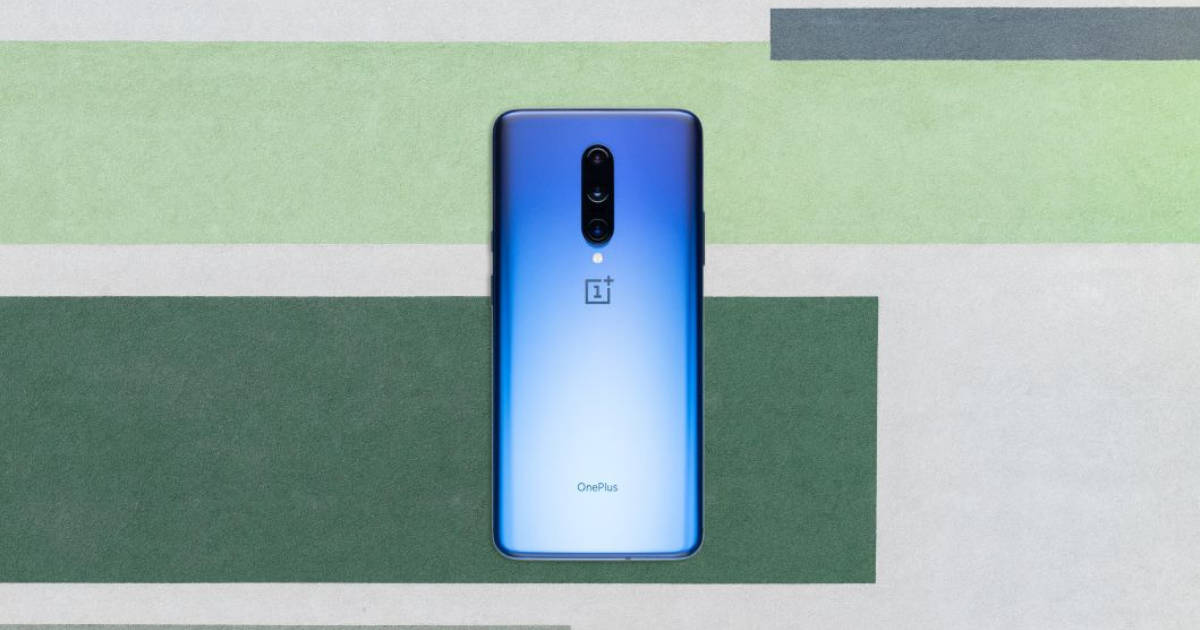
“Within a few months of the introduction of 48MP sensors, a number of phone brands have jumped on the bandwagon”
Smartphones with 48-megapixel rear cameras are not uncommon now. In the past few months alone, we have seen several smartphone manufacturers release phones with a 48-megapixel sensor. At present, phones usually end up using either the Sony IMX586 or the Samsung GM1 sensor. High-end devices use the Sony sensor, whereas budget devices prefer the Samsung unit. In this post, we are listing some of the best phones that come with a 48-megapixel sensor, and are available in India. While some of the devices are yet to be released in India, a few are already up for sale. Let’s begin!
Table of Contents
OnePlus 7 Pro
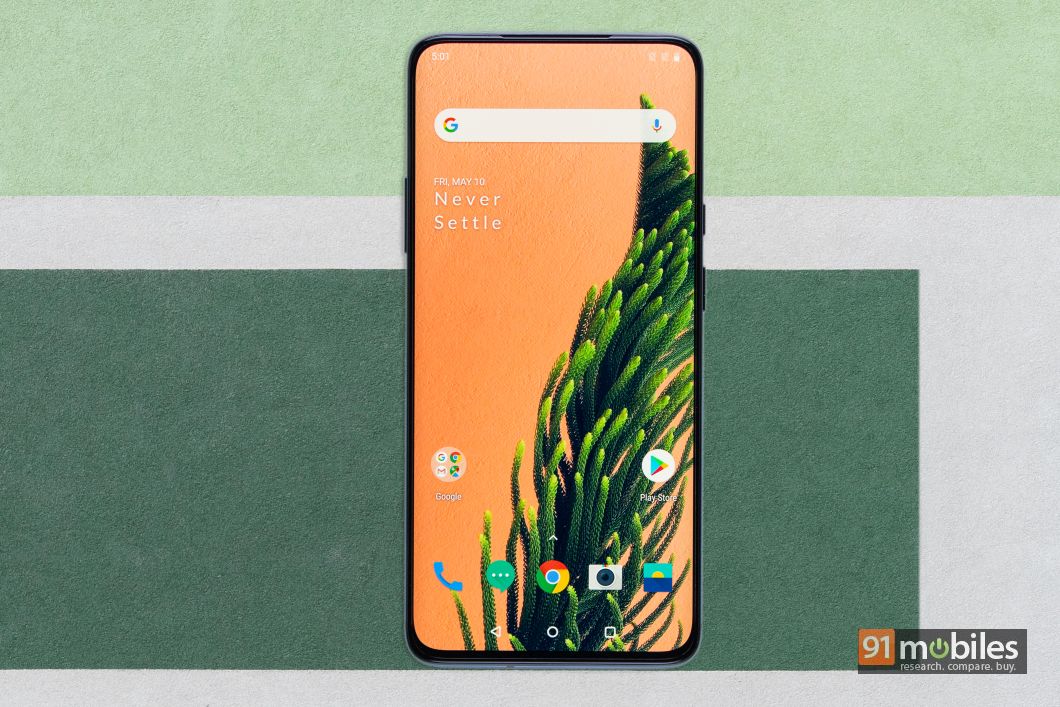
The OnePlus 7 Pro is the latest flagship from OnePlus and it features a 48-megapixel sensor at the back, along with two other cameras. Apart from the 48-megapixel sensor, you also get a 16-megapixel wide-angle camera, and an 8-megapixel telephoto unit. The others specs include a 6.67-inch QHD+ display with 90Hz refresh rate, Snapdragon 855 chipset, up to 12GB RAM, and a 4,000mah battery. The smartphone also comes with a 16MP pop-up selfie camera.
The OnePlus 7, its smaller brother, also gets a 48-megapixel Sony IMX586 sensor at the rear, though instead of a triple-camera module, the handset only gets a secondary 5MP depth-sensing unit.
Related read: OnePlus 7 Pro review | OnePlus 7 first impressions
OPPO Reno 10x Zoom Edition
Just like the OnePlus 7 Pro, the OPPO Reno 10X Zoom edition also comes with a triple rear camera setup. It also features a primary 48-megapixel IMX 586 sensor at the back, which is paired with an 8-megapixel telephoto camera and another 13-megapixel periscope-style shooter. Overall, this is a much more versatile camera setup when compared to the OnePlus device. At its core lies the Snapdragon 855 chip, which is accompanied by up to 8GB RAM and 256GB storage. The smartphone features a 6.55-inch FHD+ display with an impressive screen-to-body ratio as the 13MP selfie camera is hidden inside a shark fin-style pop-up module.
Related read: OPPO Reno 10x Zoom Edition first impressions
Black Shark 2

The Black Shark 2 marks the debut of Xiaomi-backed Black Shark in India. This is basically a gaming phone, but it also has a good rear camera setup. There’s a primary 48-megapixel Sony IMX586 unit, which is paired with a 13-megapixel telephoto sensor. For selfies, the phone comes with a 20-megapixel front camera. Apart from the stylish looks and design, the phone is also a beast in terms of performance. It’s powered by the Snapdragon 855 SoC and comes with up to 12GB of RAM and 256GB ROM. The phone also gets a 4,000mAh battery and 27W fast charging.
Related read: Black Shark 2 first impressions
ASUS ZenFone 6 (upcoming)
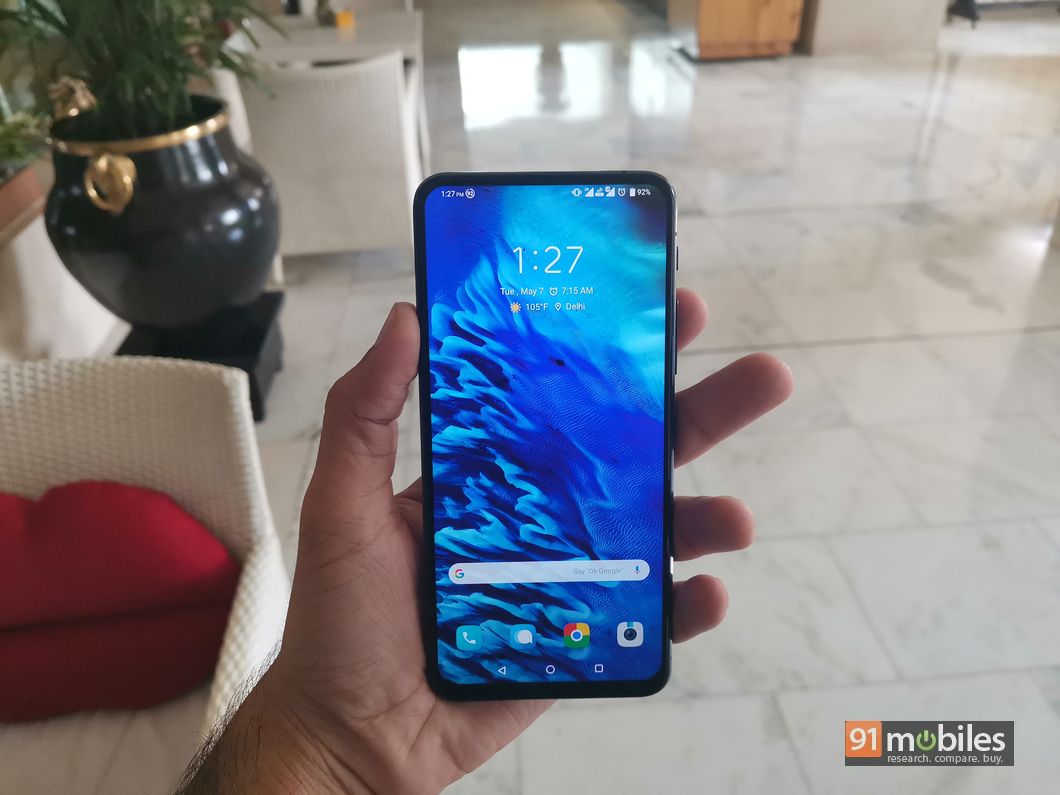
The latest ASUS flagship features a new type of flip camera setup. The rear dual camera array also acts as the front camera, which means you get great selfies. The phone features a 48-megapixel primary sensor, which is paired with a 13-megapixel unit. The other features of the phone include a 6.4-inch FHD+ display, Snapdragon 855 chip, up to 8GB RAM and 256GB storage, a 5,000mAh battery with 18W fast charging, and even a 3.5mm headphone jack.
Related read: ASUS ZenFone 6 first impressions
Honor 20 / 20 Pro (upcoming)

The Honor 20 and 20 Pro are the only phones in this list to boast a quad-camera array. Both the handsets feature Sony’s IMX586 sensor, but the 20 Pro comes with an f/1.4 aperture, making it the largest opening available on a smartphone. In comparison, the standard Honor 20 comes with a f/1.8 aperture. The secondary sensor in both these phones is a 16MP unit, which lets you capture wide-angle shots, while the tertiary 8MP camera is a telephoto sensor which lets you get 3x optical zoom (30x digital zoom) in case of the Pro model and 2x optical zoom (10x digital zoom) on the Honor 20. Both these handsets also feature a 2MP shooter for clicking macro photographs. With a display measuring 6.26-inches across, the devices draw power from Kirin 980 chipset and feature 32MP selfie cameras inside the punch-hole.
Related read: Honor 20 and 20 Pro first impressions
Redmi Note 7 Pro
The Redmi Note 7 Pro is the debut offering in the newly-formed Redmi sub-brand. In the camera department, the phone uses the 48-megapixel Sony IMX586 sensor, and you can choose between the 12MP or 48MP resolution in the manual mode. This sensor is paired with a secondary 5-megapixel depth unit. For selfies, the handset gets a 13-megapixel front-facing camera. Under the hood, the device is powered by the Snapdragon 675 chipset mated to a maximum of 6GB RAM and 128GB storage. A 4,000mAh battery powers the device.
Related read: Redmi Note 7 Pro review
OPPO F11 Pro

The OPPO F11 Pro is the successor to the F9 Pro (review) and is a promising mid-ranger. Once again, this phone uses the Sony IMX586 sensor with the 48-megapixel resolution. The F11 Pro’s 48-megapixel rear camera also allows users to take full-res 48MP shots. This sensor is paired with a 5-megapixel depth sensor. The phone is equipped with a pop-up selfie camera that carries a resolution of 16-megapixels. The other specifications of the F11 Pro include a 6.5-inch FHD+ display, the MediaTek Helio P70 processor, 6GB RAM, 64GB of storage onboard, and a 4,000mAh battery with VOOC fast charge support.
Related read: OPPO F11 Pro first impressions
Vivo V15 Pro
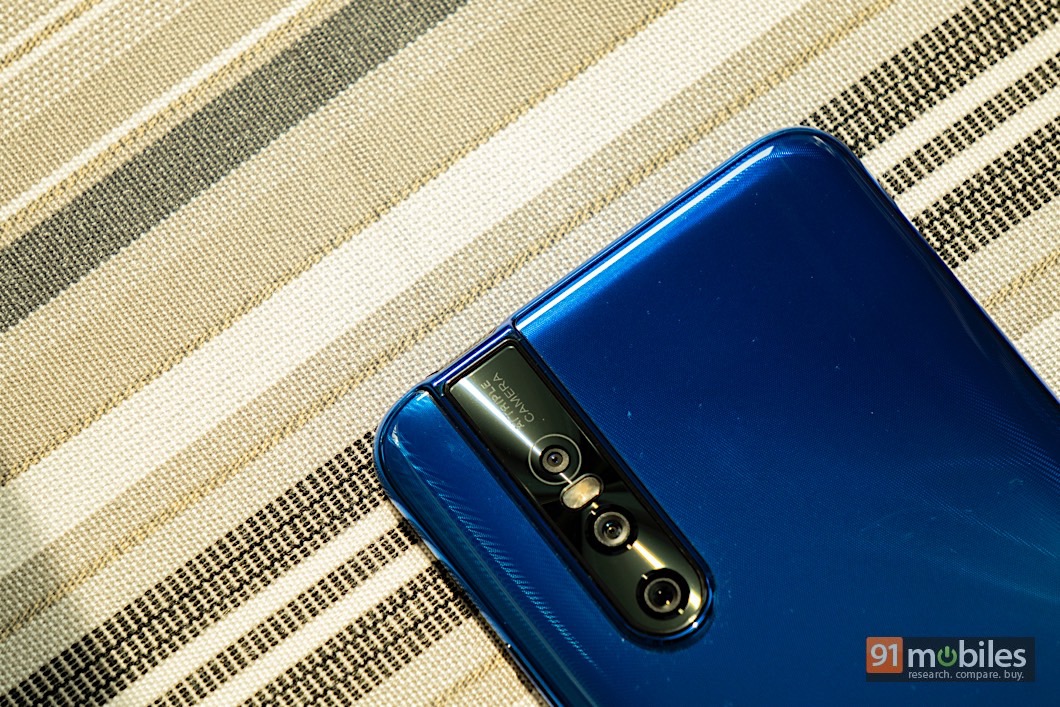
The Vivo V15 Pro is among the very phones in this list to use the Samsung ISOCELL GM1 sensor. The standard photos are of 12-megapixel resolution, though you can also capture images in 48MP resolution in the pro mode. The phone’s triple rear camera setup also gets an 8-megapixel wide-angle sensor and a 5-megapixel depth unit. For selfies, the phone is equipped with a 32-megapixel sensor that rises up from within the top thanks to the pop-up mechanism. The device is powered by the Snapdragon 675 processor, which is coupled with up to 6GB of RAM and 128GB of storage. The 6.39-incher comes fuelled by a 3,700mAh battery.
Related read: Vivo V15 Pro review
Redmi Note 7S
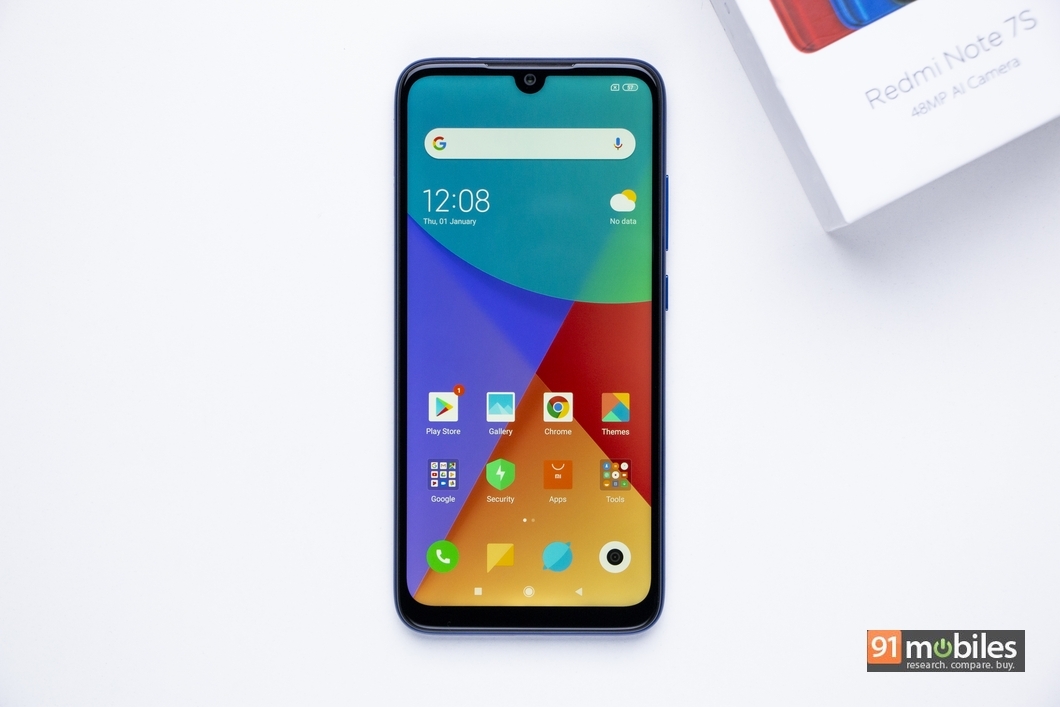
If you want a 48-megapixel rear camera, but don’t really want to spend a lot of money, then you should check out the new Redmi Note 7S. With a price tag of Rs 10,990, it’s the most affordable smartphone with a 48MP camera on the back. This phone comes with a dual-rear camera setup, which comprises a 48-megapixel Samsung GM1 sensor accompanied by a 5MP depth unit. The Redmi Note 7S features a 6.3-inch FHD+ display and is powered by the Snapdragon 660 processor.
Related read: Redmi Note 7s first impressions
So there you are. These are the best smartphones in India that come with a 48-megapixel rear camera across different price points.














